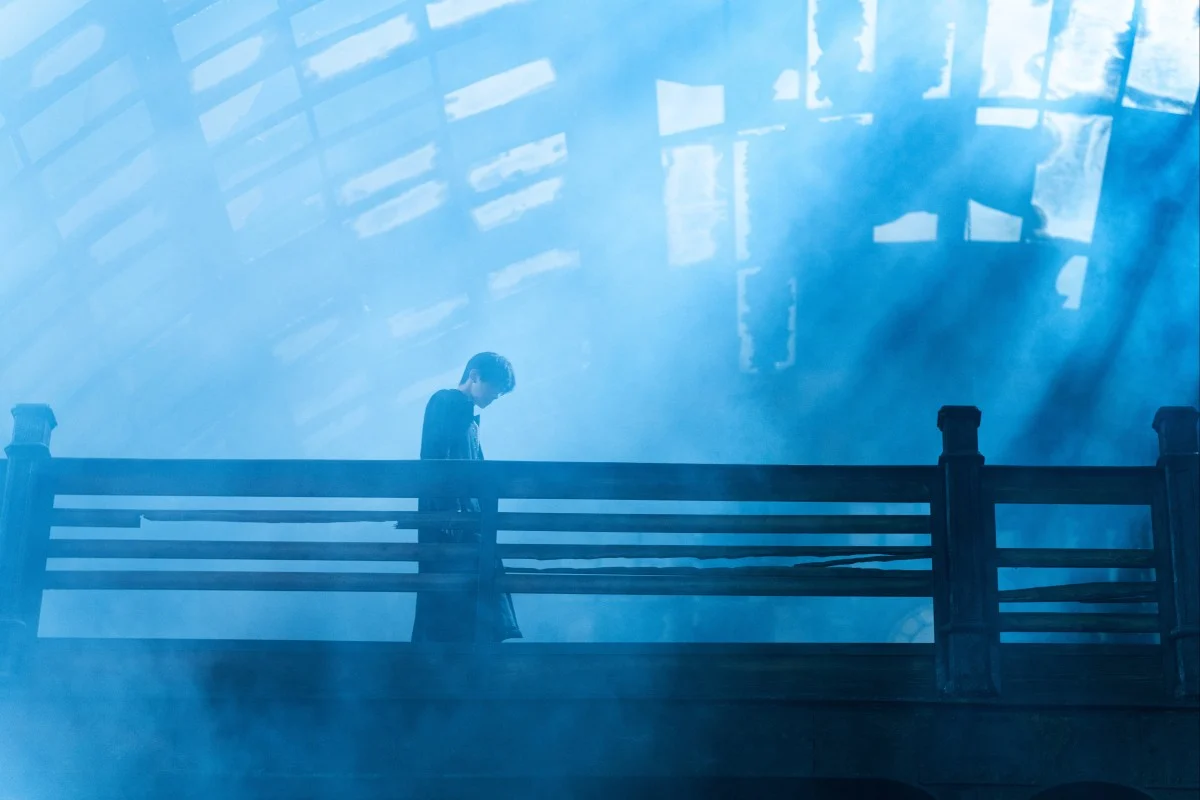Eight years after the commercial failure of his critically praised Long Day’s Journey Into Night, Chinese filmmaker Bi Gan returns to the Cannes Film Festival with Resurrection, an even more ambitious and potentially polarizing work. At 35, Bi has crafted a film made for cinephiles who cherish early 20th-century silent cinema and German expressionism, inviting viewers to immerse themselves in extended long takes and layered cinematic references.
Resurrection unfolds in five chapters plus a coda, weaving an intricate, near-indecipherable narrative that connects the history of early cinema with allegories of 20th-century Chinese history. The film’s obscure storytelling and lack of obvious cultural markers may challenge casual audiences, but cinephiles will appreciate its rich textures and visual daring.
Narration by Shu Qi guides the film, commenting on time, memory, and history, and linking its fragmented parts. In the prologue, Shu plays an inventor-filmmaker experimenting with an image-capturing device, placing viewers in shadowy, contorted landscapes reminiscent of Friedrich Murnau’s silent films. Jackson Yee, a Chinese star, embodies multiple roles throughout the film, ranging from a Nosferatu-like figure in the opening chapter to a con man in a muted 1980s setting.
One segment channels 1930s noir as Yee’s character faces a gritty detective played by Mark Chao Yu-ting. In another, he portrays a labor camp inmate lectured on transcendence by a mysterious deity. The film’s final chapter, set on New Year’s Eve 1999, unfolds in a single continuous take—Bi Gan’s signature style—following Yee’s punk character as he flees a mobster in a tense, kinetic chase alongside his lover, played by Li Gengxi.
The film also features a nod to Hong Kong pop culture with a brief TV appearance by the late Roman Tam Pak-sin, known for the theme song of the 1980s series The Flying Swordsman. This moment offers a rare cultural anchor in an otherwise elusive and abstract narrative.
Resurrection stands as a visually dazzling homage to cinema’s first half-century while exploring themes of memory, history, and artistic rebellion. Despite its impressive ambition and technical mastery, the film’s cryptic, highbrow nature risks alienating many viewers, limiting its appeal to a niche audience of devoted film lovers.
READ MORE:
